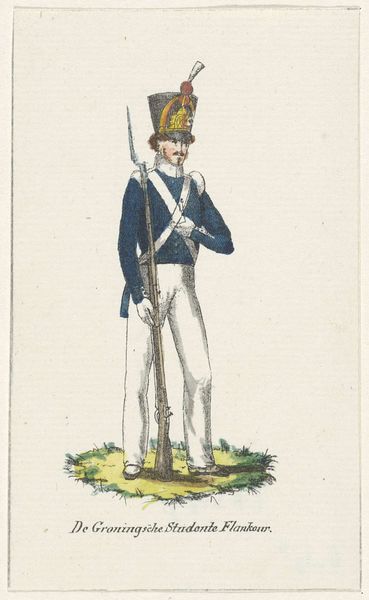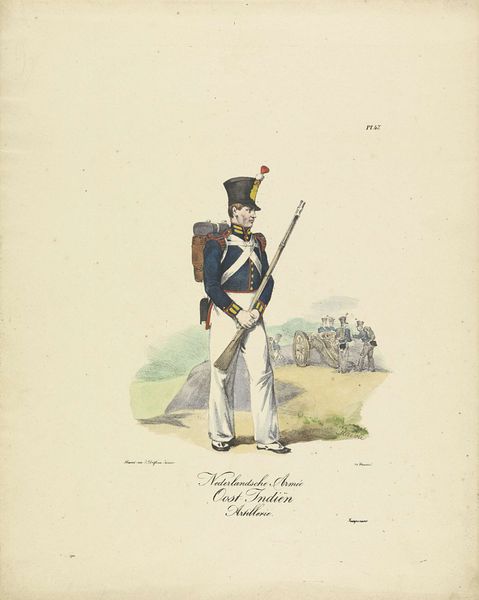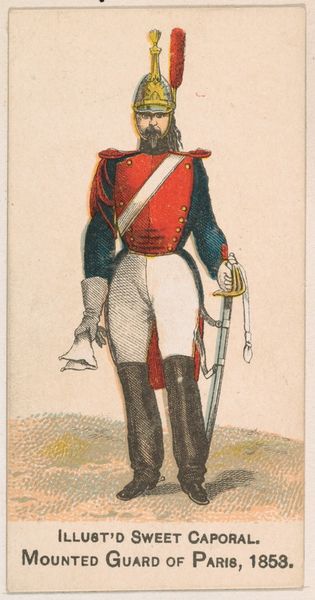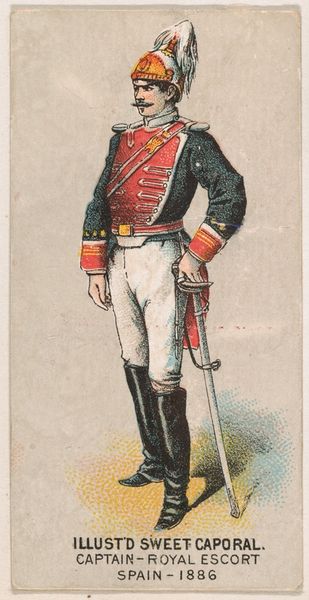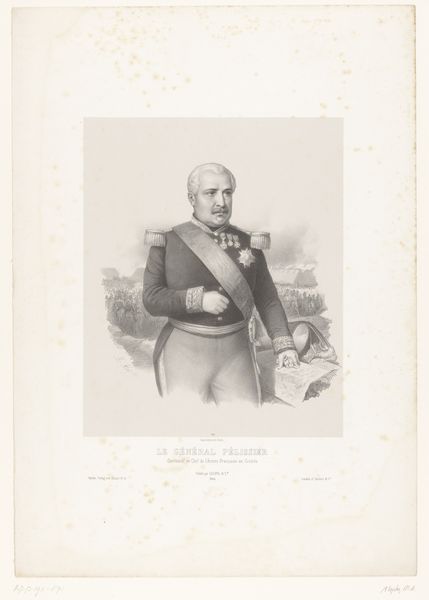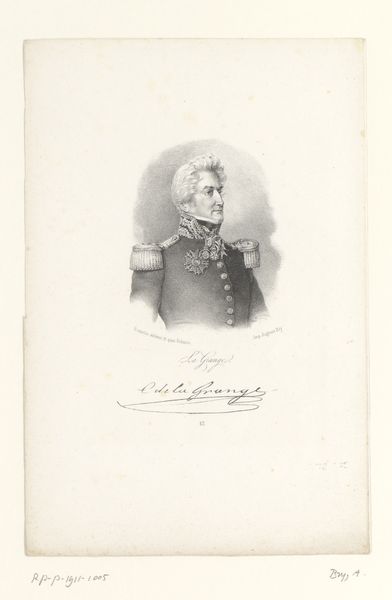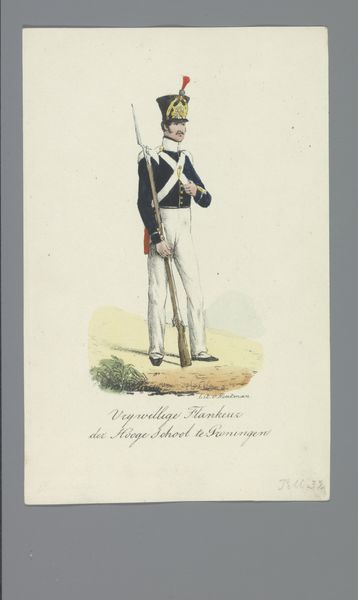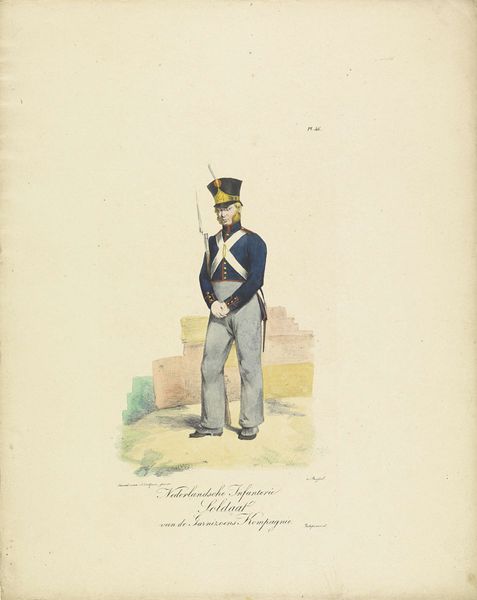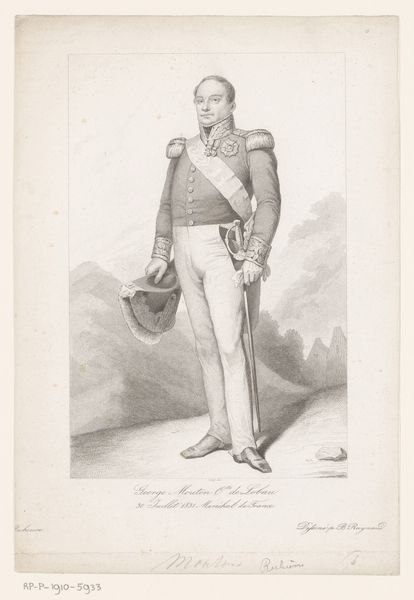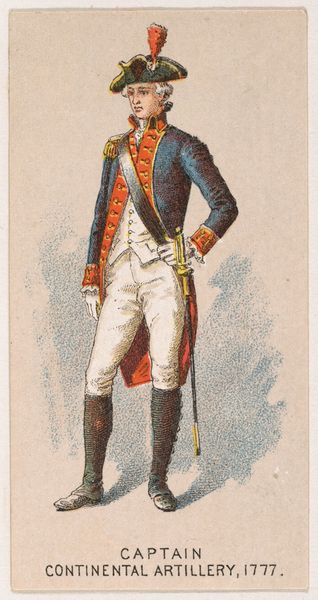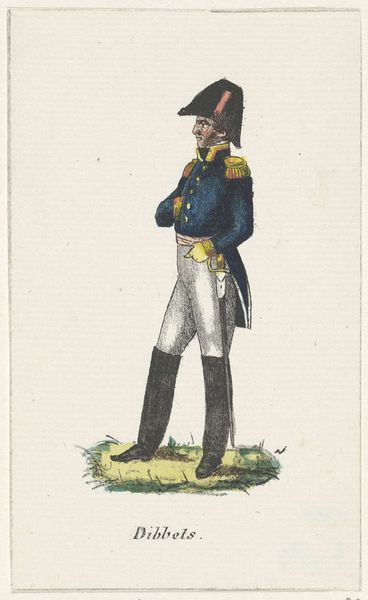
drawing, pencil
#
portrait
#
pencil drawn
#
drawing
#
neoclacissism
#
pencil sketch
#
pencil drawing
#
pencil
#
portrait drawing
#
academic-art
Dimensions: height 263 mm, width 168 mm
Copyright: Rijks Museum: Open Domain
Editor: Here we have a 19th-century portrait identified as “Portret van Alfred, Fürst von Windisch-Graetz,” made with pencil, by F. Randel. I'm struck by the detailed rendering achieved with what seems like a very basic medium. What draws your attention to this piece? Curator: This piece interests me particularly because it shows the artist's labor as a crucial aspect of producing social standing. Think about the sheer amount of time invested in creating these meticulously rendered details with pencil. The work elevates what we might see as basic craft. Editor: So the material—pencil—contradicts or perhaps comments on the subject's status? Curator: Precisely. We're not looking at oil paint, typically associated with high status and commissioned portraiture. A pencil sketch allows for wider accessibility, and possibly suggests that access to having your portrait created was broadening within society at this time. Consider who this benefits – the sitter’s ego or the artist trying to attract more commissions? Editor: It sounds like it's doing both! The relatively modest material suggests more democratic patronage than one might expect given the subject’s obvious wealth and power. What else tells you this? Curator: Consider also the way this image may have been circulated as a print, allowing the Fürst’s image to travel. The very means of reproduction reflect the changing relationship between power, labor, and material culture in the 19th century. We're seeing how material culture contributes to building a ruler’s legacy. Editor: That’s fascinating! I didn't think about prints, but the very nature of pencil makes me consider that idea more fully. It's amazing how the choice of medium can open up entirely new perspectives. Curator: It illustrates the inherent tension between aristocratic subjects and evolving notions of value that underpinned shifting economies and societal structures of the time.
Comments
No comments
Be the first to comment and join the conversation on the ultimate creative platform.
